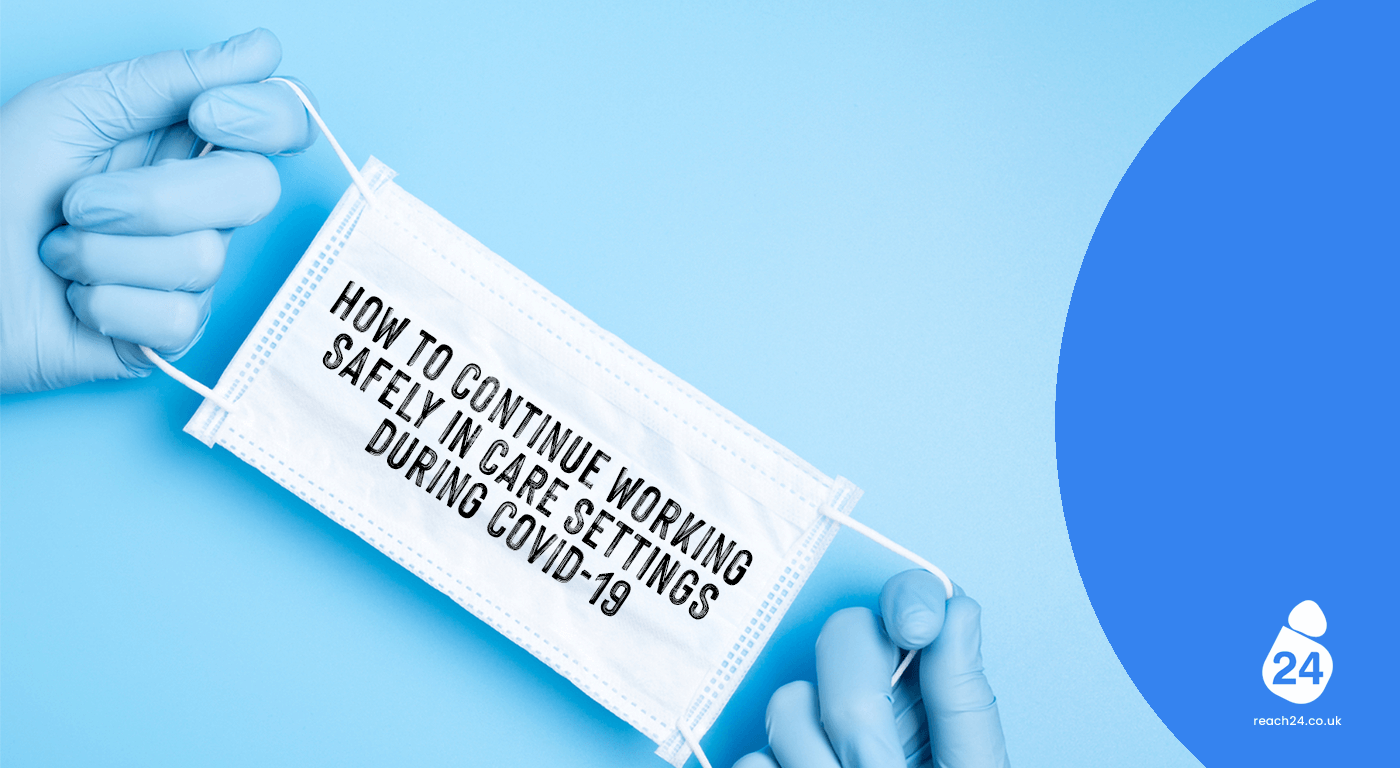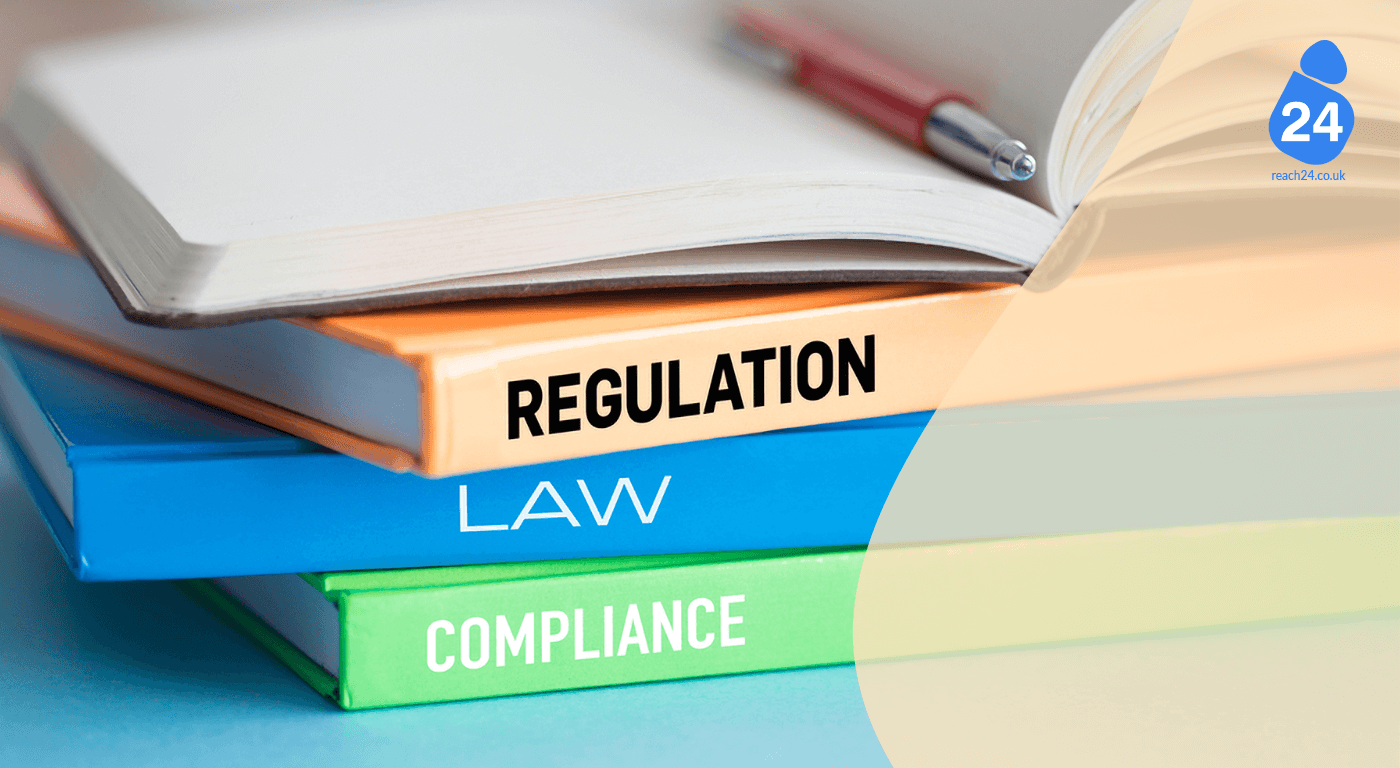With the UK continuing to battle against a sustained transmission of COVID-19, as a Nurse, Carer, or Support Worker you have a key role in maintaining a safe and secure working environment. Regardless of whether the residents in your care show symptoms (as it differs from person to person and community); taking continued precautions to protect both yourself and the people you care for is vital.
Below is an overview of the latest recommendations by PHE to reduce the risk of transmission: a must-read for those who are returning to work or new to health & social care. Use this in conjunction with adult social care guidance.
PERSONAL PROTECTIVE EQUIPMENT
PPE in a health and social care environment can consist of aprons, gloves, face masks, gowns, and eye protection (visors or goggles). These equipments offer protection from exposure to harmful substances and are essential in helping prevent the transmission of infection from staff to vulnerable patients. At your workplace, you should have access to the right equipment and may have received training on its use. Here is a quick refresher on a few important points to bear in mind while using PPE.
Identify the correct use of PPE - What to wear and when?
Scenario 1
When providing close personal care and or when caring for residents with challenging behaviours OR are within 2 metres of any resident who has a cough even if you are not providing personal care to them. This applies to all staff (care workers, cleaners, etc) except aerosol-generating procedures.
You must follow these recommendations regardless of whether the person you are providing personal care to has symptoms or not. This includes all personal/direct care, for example, feeding, hoisting, tooth brushing, toileting, assisting with getting in/out of bed, applying the dressing, etc. This PPE also applies if the person is shielding.
Disposable Plastic Apron
- Single-use
Disposable Gloves
- Remember to wear the correct size.
- Vinyl gloves should be sufficient for most low-risk tasks and everyday activities within a care setting. However, as they offer less dexterity, they can be more susceptible to tears and punctures.
- If gloves are to be worn for an extended period of time and will be used in a task that requires a high level of durability, consider using nitrile gloves.
- If you are changing gloves during a task, then it is essential to wash your hands after removal of the original gloves.
Fluid-repellent (Type IIR) surgical mask
- These are designed for continuous use and you should not touch your face mask unless it is to put it on or remove it (e.g., for a break or at the end of shift). You can use the same mask between residents provided neither you nor the residents touch the mask.
- Dispose of and replace the mask if it becomes damaged, visibly soiled, or uncomfortable to use.
- You need a new mask when re-starting your duties after a break.
- Make sure it covers your mouth and nose. It should not be allowed to dangle around the neck after or between each use.
Eye protection e.g., a visor or goggles subject to risk assessment
- Can be used continuously while providing care until you take a break from duties. Decontaminate before next use.
- Remove and discard the eye protection if damaged, visibly soiled, uncomfortable.
- It is vital if you are using a reusable visor or goggles, you are aware of how to disinfect and store them. Speak to your Manager for more information.
- Make sure it covers your mouth and nose
- Same recommendations as Scenario 1 applies to all masks
- Type I or Type II surgical mask
- Make sure you drink some fluids
- Tie hair back
- Remove any jewellery – watch, bracelets, or stoned rings
- Check PPE is in the correct size is available
- Start by cleaning your hands using soap and water or alcohol hand gel/rub.
- Put on a disposable apron and tie at the waist.
- Put on facemask – position upper straps on the crown of your head, lower strap at the nape of the neck. With both hands, mould the metal strap over the bridge of your nose, firmly pressing down both sides of the nose with your fingertips, and ensuring the bottom of the facemask should extend carefully over the chin.
- Don your eye protection, if required.
- Lastly, put on disposable non-sterile gloves.
- Should be removed in an order that minimises the risk of self-contamination.
- Before leaving the room or cohort area where patients are being cared for, remove gloves and apron. Once outside the room, remove the face mask. Dispose of them as infectious clinical waste.
1.Remove gloves
- Grasp the outside of the glove with the opposite gloved hand and peel off.
- Hold the removed glove in the gloved hand.
- Slot your finger under the lip of the remaining glove and peel it off, taking care not to touch the contaminated outer surface.
- Dispose of the gloves in the clinical waste bin.
reach24 is here to help!
You might also be interested in:
Tips on keeping positive mental health during COVID-19
Are you following us on Linkedin?
Have you liked our page on Facebook?



